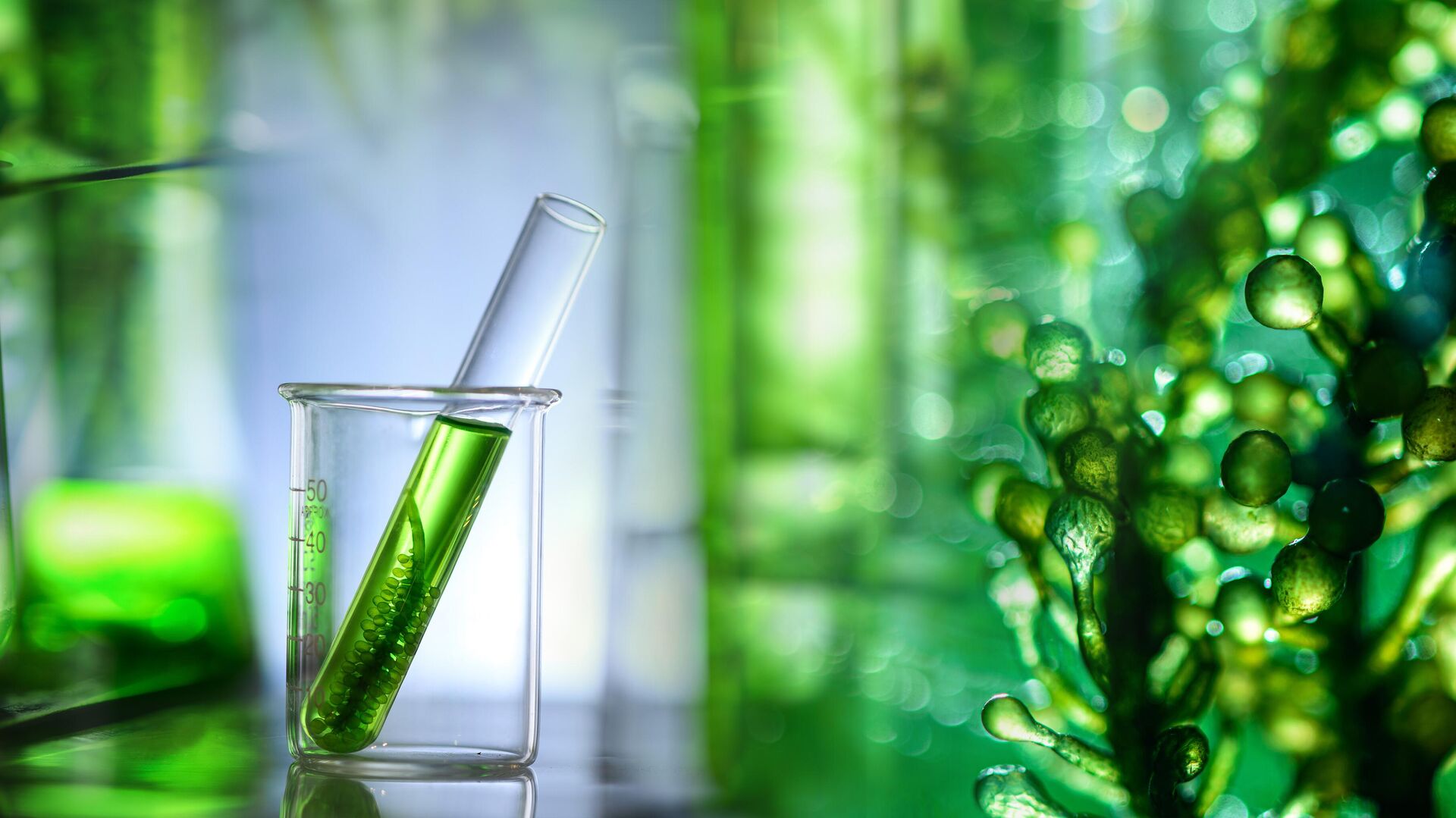
MOSCOW, November 13 SPbPU scientists have developed a technology for producing biohydrogen from waste microalgae, which were previously used to treat food industry wastewater or absorb carbon dioxide from the air. According to experts, this approach will simultaneously gain access to renewable, environmentally friendly fuel and reduce the impact of industrial waste on the environment. The results of the study were published in the journal Processes.
Biohydrogen is hydrogen produced from biomass. The researchers explained that this is the most environmentally friendly type of fuel, since its production does not harm the environment as much as the extraction and use of fossil fuels. Biohydrogen can be used as a fuel in hydrogen fuel cells, in cars, in power sources for small devices, and also in places where there is no access to power grids, which is especially important for remote areas and island areas.
< br />«
“Microalgae, due to their properties, are promising raw materials for the production of biohydrogen; they are capable of photolysis of water, that is, the decomposition of water into hydrogen and oxygen,” said a professor at the Higher School of Hydraulic and Energy Construction of the Institute of Civil Engineering of Peter the Great St. Petersburg Polytechnic University ( SPbPU) Natalia Politaeva.
She noted that wastewater from food processing plants contains substances necessary for the growth of microalgae, and the use of carbon dioxide from the atmosphere as a source of inorganic carbon helps reduce the carbon footprint.
«Microalgae have a high capacity to photosynthesis and reproduction, they use light, carbon dioxide and nutrients for growth,” the professor noted.
According to her, another advantage of growing microalgae is their environmentally friendly production, which eliminates the need to use agricultural land; they can be cultivated in closed landfills. This avoids competition with fertile agricultural soils and requires less water than land-based crops.
Microalgae can be cultivated in wastewater from food processing plants. According to experts, this ensures water purification from biogenic compounds, which, when released into water bodies, can cause waterlogging and blooming. Next, the microalgae biomass can be processed to produce biohydrogen, which, according to SPbPU scientists, makes this process more economically feasible and reduces the impact of industrial wastewater on the environment.
The university also said that to increase the yield of biohydrogen, the resulting biomass of microalgae after purification of wastewater and air was pre-treated by physicochemical and chemical methods (microwave radiation, acid and thermal treatment).
To determine the optical density and concentration of biogenic compounds, scientists used the spectrophotometry method. Chromatographic analysis was used to study the resulting biogas for the amount of biohydrogen it contained. Photobioreactors were used to cultivate microalgae.
< /span>
“Scaling the results of our work to other countries will require adapting the technology to the specific conditions of each country,” noted SPbPU graduate student Polina Shinkevich, adding that the effectiveness and degree of applicability may vary depending on climatic conditions and the presence of food enterprises and technical infrastructure.
However, according to the graduate student, the principle of using microalgae for wastewater treatment and biohydrogen production can be applied in different parts of the world, taking into account local circumstances. “We propose a concept that corresponds to the principles of a circular economy, in which there is no additional waste that requires disposal,” she emphasized.
The further task of the research team is to develop a technology for purifying the resulting biohydrogen from associated gases.
SPbPU is a participant in the program state support for universities of the Russian Federation «Priority-2030».


















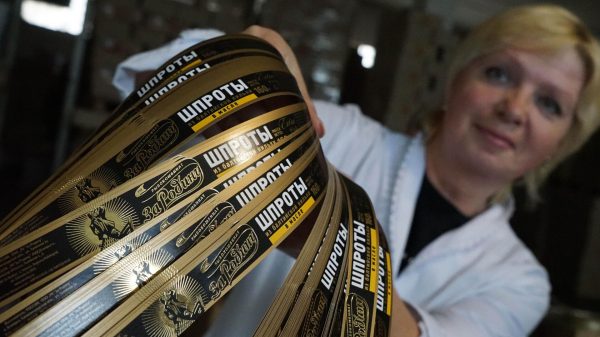
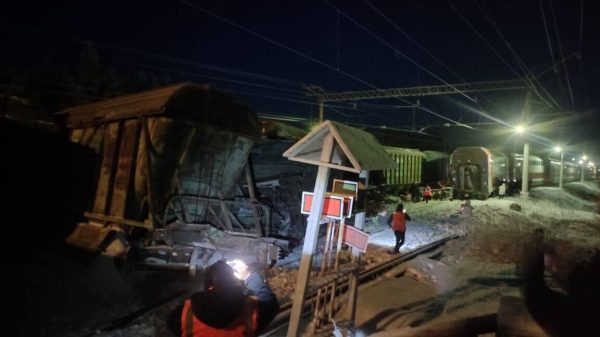












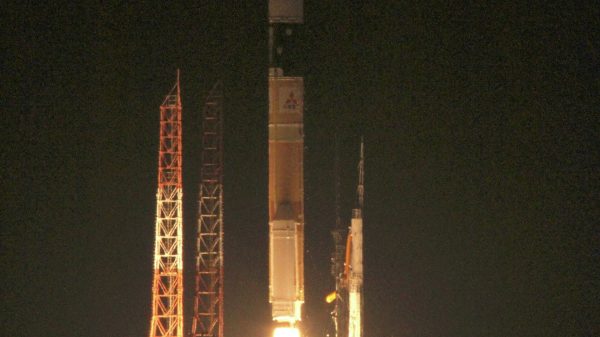









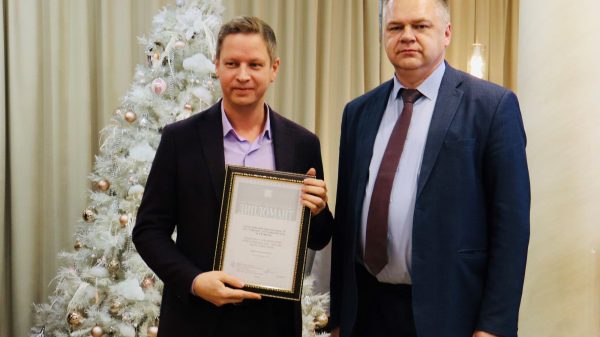







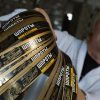
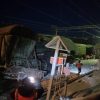

















Свежие комментарии